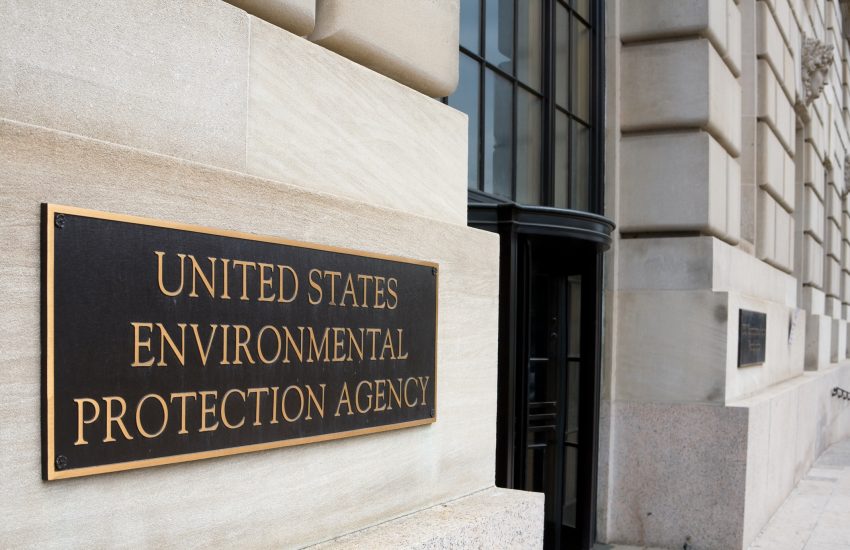The Environmental Protection Agency earlier this week issued an enforcement alert, explaining cybersecurity threats and vulnerabilities to community drinking water systems (CWSs) and actions needed by these systems in order to comply with the Safe Drinking Water Act (SDWA).
The alert is part of a government-wide effort – led by the National Security Council and the Department of Homeland Security’s Cybersecurity and Infrastructure Security Agency – to reduce the nation’s infrastructure and cybersecurity vulnerabilities. EPA issued the alert because threats to, and attacks on, the nation’s water system …
Continue Reading









